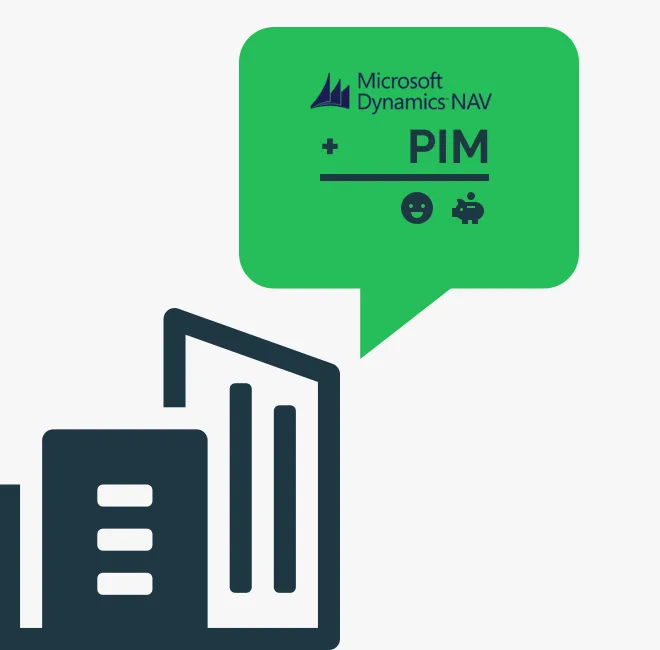
PIM and NAVISION - an integration with many advantages
An integration between Navision (NAV or Microsoft Dynamics 365 Business Central as it is now called) and PIM provides advantages both ways.
Best practice is to keep the two systems as close to standard as possible. This means that PIM handles channel data and NAV handles transactional data. With a PIM/NAV integration, you will experience:
- That you can keep your Navision setup simple and streamlined
- That you achieve a much better standardization and fewer customizations of Microsoft Dynamics Business Central 365. In addition, you can work with data from both systems simultaneously.
- The few adaptations of Dynamics Navision also mean that costs for operation are reduced (fewer complex components = fewer errors)
- By creating publications directly in PIM, you can take advantage of the fact that PIM retrieves data directly from Microsoft Dynamics 365 at the exact moment it is needed.
- Catalogues, price lists, brochures, etc. can be generated in a jiffy, and with the guarantee that you have the current prices, designations, etc.

A PIM/Navision integration increases efficiency
There are many advantages to the integration between Microsoft Dynamics NAV and PIM.
These are benefits such as:
- Central management of all product information (descriptions, images, video material, technical specifications, etc.) in a single place, and from any PIM-System.
- Transactional data is managed in Navision, so that the systems do what they do best
- Dynamic creation of brochures, data sheets and various marketing materials and always with the current data in a print-ready PDF format, for example
- Easy export of product information from PIM and Dynamics NAV to webshop, websites, marketplaces and online portals
- The integration between PIM and Dynamics Navision works regardless of whether it is a classic client or a tailored client.
